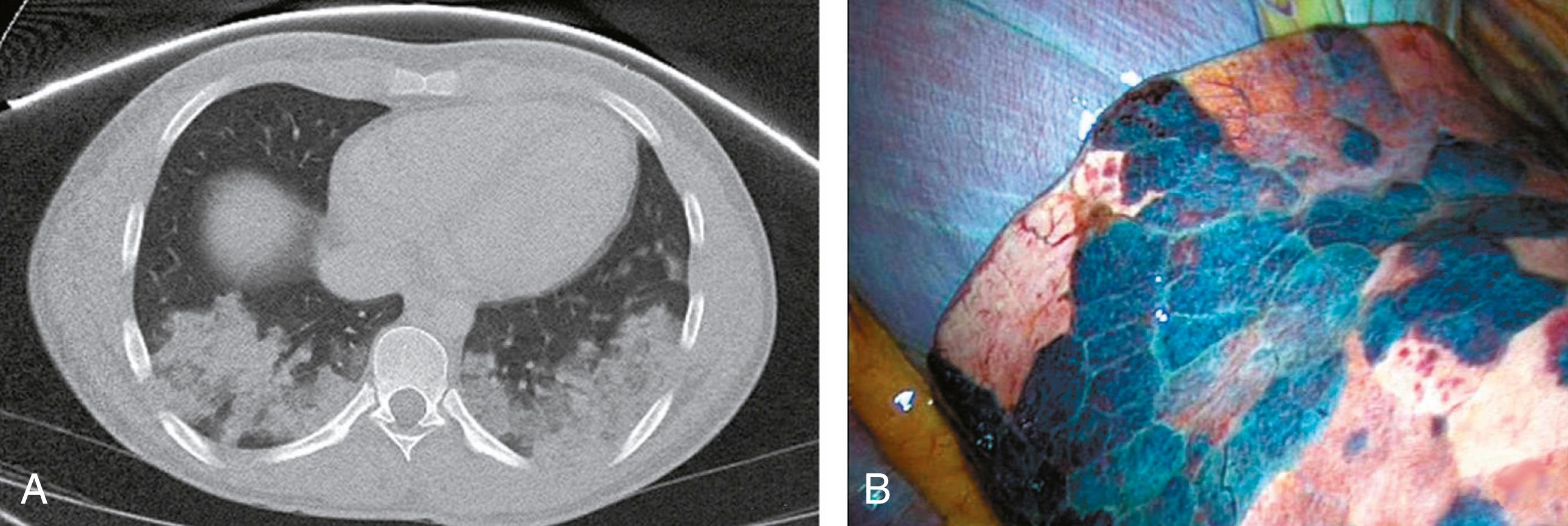Physical Address
304 North Cardinal St.
Dorchester Center, MA 02124
Although thoracoscopy was first described in the early 1900s, the minimally invasive approach to thoracic conditions has undergone an exponential increase in popularity and growth over the last two decades. In the 1970s and 1980s, the first significant experience with thoracoscopy in children was reported by Brad Rodgers. In these reports, equipment modified for pediatric patients was used to perform lung biopsies, evaluate various intrathoracic lesions, and perform limited pleural debridement in patients with empyema. However, even though there was an increasing recognition of the morbidity associated with a standard thoracotomy, especially in small infants and children, there was little acceptance or adoption of the thoracoscopic technique until the early 1990s. A dramatic revolution in the technology associated with laparoscopic surgery in adults began at that time, and these advances allowed the minimally invasive approaches to be useful in children. The development of high-resolution microchips and digital cameras, smaller instrumentation, energy devices and staplers, and better optics has enabled pediatric surgeons to perform the most complicated chest procedures thoracoscopically, even in premature infants.
Today there are many indications for the thoracoscopic approach in infants and children ( Table 30-1 ), and this number continues to expand with advances and refinements in technology and technique. Thoracoscopy is now being used extensively for lung biopsy and wedge resection as well as more extensive pulmonary resections, including segmentectomy and lobectomy. Indications for resection are wide ranging and include infection, cavitary lesions, bullous disease, bronchopulmonary sequestrations (BPSs), congenital lobar emphysema (CLE), cystic pulmonary adenomatoid malformations (CPAMs), and neoplasms. Thoracoscopy is also extremely useful in the evaluation and treatment of mediastinal masses. It allows excellent access and visualization for biopsy and resection of mediastinal conditions such as enlarged lymph nodes, thymic and thyroid lesions, cystic hygromas, foregut duplications, ganglioneuromas, and neuroblastomas. Other advanced intrathoracic procedures include decortication for empyema, ligation of patent ductus arteriosus, division of vascular rings, repair of congenital diaphragmatic defects, esophageal myotomy for achalasia, thoracic sympathectomy for hyperhidrosis, anterior spinal fusion for severe scoliosis, and repair of esophageal atresia with or without tracheoesophageal fistula.
| Lung biopsy |
| Lobectomy |
| Sequestration resection |
| Cyst excision |
| Decortication or debridement for empyema |
| Foregut duplication excision |
| Esophageal myotomy |
| Anterior spine fusion |
| Diaphragmatic hernia repair or diaphragmatic plication |
| Ligation for patent ductus arteriosus |
| Thoracic duct ligation |
| Esophageal atresia repair |
| Aortopexy |
| Mediastinal mass excision |
| Thymectomy |
| Sympathectomy |
| Pericardial window creation |
The preoperative workup varies with the procedure to be performed. Most intrathoracic lesions require routine radiographs as well as a computed tomography (CT) scan or magnetic resonance imaging (MRI) scan. A thin-cut, high-resolution CT scan is especially helpful in evaluating patients with interstitial lung disease or presumed infectious conditions, as it can identify the most affected areas and helps determine the optimal site for biopsy ( Fig. 30-1 ). As intraoperative ultrasound improves, this modality may provide a more sensitive way for the surgeon to detect lesions deep to the surface of the lung and compensate for the lack of tactile sensation. Unfortunately, in its current state, this technology is still unreliable. An MRI scan may be more useful in evaluating vascular lesions, such as a vascular ring, or masses that may arise from or encroach on the spinal canal. Preoperative imaging studies can also help determine the best patient position on the operating table and the optimal initial port placement.

Become a Clinical Tree membership for Full access and enjoy Unlimited articles
If you are a member. Log in here